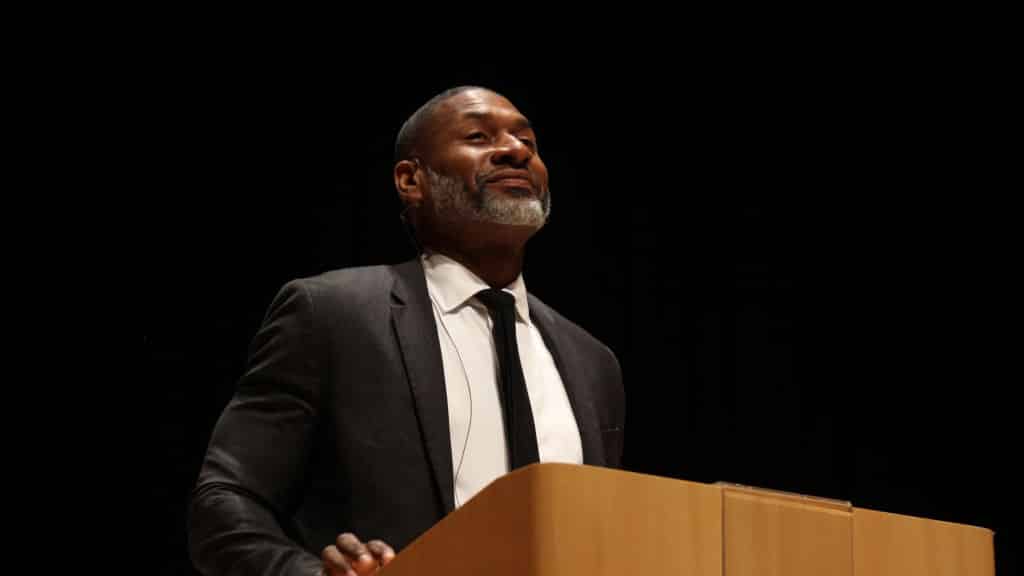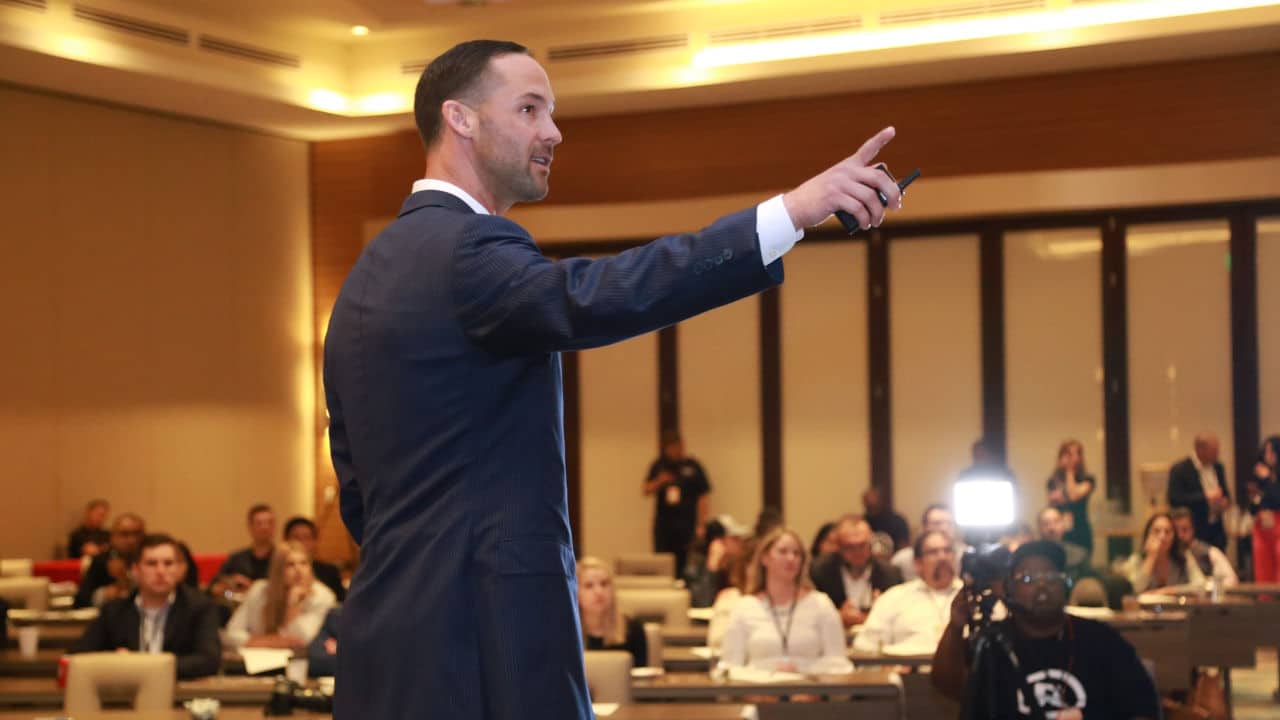It isn’t news that litigation animation is continually gaining traction in the courtroom. Different jurisdictions across the United States have delivered judgments on the admissibility of litigation animation and the conditions that must be followed. The state and attorneys use litigation animation to spice up legal evidence and ensure comprehension by the audience in the court of law.
According to an article by Bos & Glazier, “the use of computer animation or computer-generated imaging in the courtroom, although not completely new, remains a relatively intimidating and little-understood trial technique. It is also an amazingly effective instructional tool, one that presents an engaging yet simple visual presentation of complex evidence.” This summarizes the fantastic effect of litigation animation in the courtroom.
The Irreplaceable Role of Physical Evidence and Testimonial Evidence in Court
In every court case, the plaintiffs and the defendants are allowed to present physical evidence, eyewitness testimony, and the testimony of expert witnesses. If this right is denied, there would be injustice because the court must sufficiently hear both parties. Physical evidence is referred to as exhibits. For example, in a murder case, the knife used by the accused to stab the victim is a form of physical evidence. A blood-stained piece of clothing found with the victim, the keys of the victim accidentally dropped at the scene of the incident, and many more can be admitted as evidence before the court of law.
More so, evidence can be in the form of testimony by witnesses or expert witnesses. According to an article by Hultzman titled Testimonial Evidence & Law: Definition & Examples, “one of the most common types of evidence during most trials is testimonial evidence, or testimony, which consists of statements that are made in court by witnesses and that are offered as proof of the matter asserted, or of what is being discussed.” With the help of the witness testimony, essential facts of the case can be discovered. An eyewitness can help with information about what occurred at the scene of an incident.

On the other hand, we have the testimonies of expert witnesses. Expert witnesses help to give a professional opinion about what could have caused an incident and other deciding factors. Expert witnesses are needed in cases where the views of experts such as medical personnel, physics guru, or engineers are required. For instance, in a case regarding medical negligence, the knowledge of a medical expert will be needed to give a sound opinion of the cause of the injury suffered and the extent of the injury sustained.
The Coexistence of Litigation Animation with Physical Evidence and Testimonial Evidence in Court
Even though litigation animation significantly impacts law, it cannot replace physical evidence and testimonial evidence. Rather than replacing them, litigation animations coexist as another form of adducing evidence in court. Before litigation animation can be deemed admissible, it must be introduced as the opinion of a witness or an expert witness. This shows the coexistence of all these methods of adducing evidence. Therefore, litigation animation cannot replace other forms of evidence.
Litigation animation serves as a conduit pipe through which physical and testimonial evidence is understood. According to an article titled “The Power of Litigation Animation In and Out of the Courtroom, it was stated that “litigation animation does not make up for communication or replace evidence and testimony. Rather, this is a visual tool to help boost the likelihood of winning a case by increasing the understanding and retention of information.” It was further said that “litigation animation helps to connect physical evidence and testimony in a way that makes sense to the audience.”
In conclusion, when preparing the evidence in a court case, the use of physical evidence discovered at the scene of the incident and the testimony of witnesses should not be sacrificed at the altar of litigation animation. Instead, litigation animation should be used alongside physical and testimonial evidence.





